5. District 9
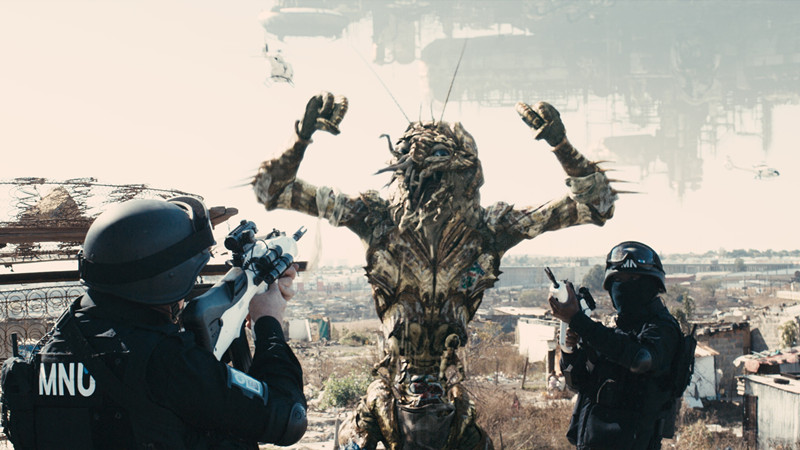
Most of us have seen “District 9” and remember it as that weird movie about aliens in Africa, but when you watch this film critically, you’ll realize it has a lot more going on than just that. This film was released in 2009 under the direction of Neil Blomkamp, and it was meant to provide commentary on the situation at District Six, Cape Town during Apartheid. At District Six in the 1970s, over 60,000 residents were forcibly removed from their homes, displaced due to hopes of building a “whites only” community there.
In contrast, “District 9” highlights a world where violence between black and white people has become a moot point; rather than black-white interactions, it centers on human-alien disputes. Instead of removing black people from the town, then, all the humans of Johannesburg decide to displace all its alien inhabitants to their own space, District 9, guarded with their own new military, MNU.
“District 9” compares with astounding science fiction texts by Octavia Butler and Nalo Hopkinson because it’s equally unafraid to equate extraterrestrial cruelty with standard interpersonal violence. In essence, these texts all boldly state that violence against any living entity comes from the same place.
In this film in particular, the protagonist is an awkward white man named Wikus (portrayed by Sharlto Copley) who works for Multinational United (MNU), an organization built to keep order in Johannesburg, South Africa, the town infested with aliens.
At first, Wikus works proudly to search the aliens’ (in this world, they’re called “prawns” and they look like human-sized insects) homes for illegal items, but things get a really complicated really quickly. In time, Wikus becomes one of the prawns himself (Spoiler Alert!) and is forced to examine the gist of his work as well as the “charity” of so-called “humanity.”
Overall, “District 9” provides powerful examination into situations of genocide, and its futuristic take on real human history allows viewers to carefully consider their role in worldwide violence. Its script is genius, its message will linger, and if there were no spoilers in this blurb, you’d never guess what’s about to happen.
4. The Usual Suspects
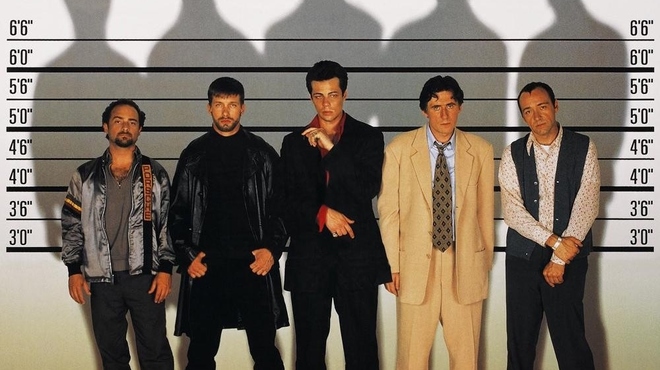
Everyone’s first viewing of Bryan Singer’s “The Usual Suspects” from 1995 is a kind of iconic moment. Singer’s film seems to set up the typical mobster-slash-cop drama, it presents a dastardly mystery (Who is Keyser Söze?!), and it appears desperate to answer its own questions. It even gives the audience a lot of information, most of which is comprised of red herrings.
In the end, the audience’s shock comes from that iconic moment where the villain’s identity is revealed. To give you an idea of the bad guy’s reputation, one character states, “I believe in God and the only thing that scares me is Keyser Söze.” However, what’s truly scary in this story is that the most inconspicuous suspect turns out to be guilty.
“The Usual Suspects” is a film built off flashbacks and interrogation sequences, but all that information delivers an impossible mystery for the film’s viewers (even Roger Ebert said he couldn’t follow it!). Like any good detective novel, the search for the worst of the worst features as the primary plotline, and the authorities certainly do their best in the hunt. It all comes down to five main suspects: McManus (Stephen Baldwin), Keaton (Gabriel Byrne), Fenster (Benicio del Toro), Hockney (Kevin Pollack), and Verbal (Kevin Spacey).
As the film progresses, the mystery becomes more and more convoluted, leaving the audience to wonder how the answer can be so hidden in such seemingly plain sight. It all comes down to Kevin Spacey’s acting to sell the enigma. By the end of “The Usual Suspects,” the unexpected twists and turns lead back to Spacey’s character, and the mystery is solved all-too late.
Despite its inventiveness in both story and genre, “The Usual Suspects” really divides critics. For example, Roger Ebert notoriously gave this film only two out of five stars! In terms of the three categories for this analysis, however, “The Usual Suspects” succeeds with its script, impact, and originality, securing its place on this list. Surely, many of us would love to read a mystery or detective novel that’d keep us as engaged and on the edge of our seats as this film does. Regardless of Ebert’s review, you should give it a watch and form your own opinion.
3. Eternal Sunshine of the Spotless Mind
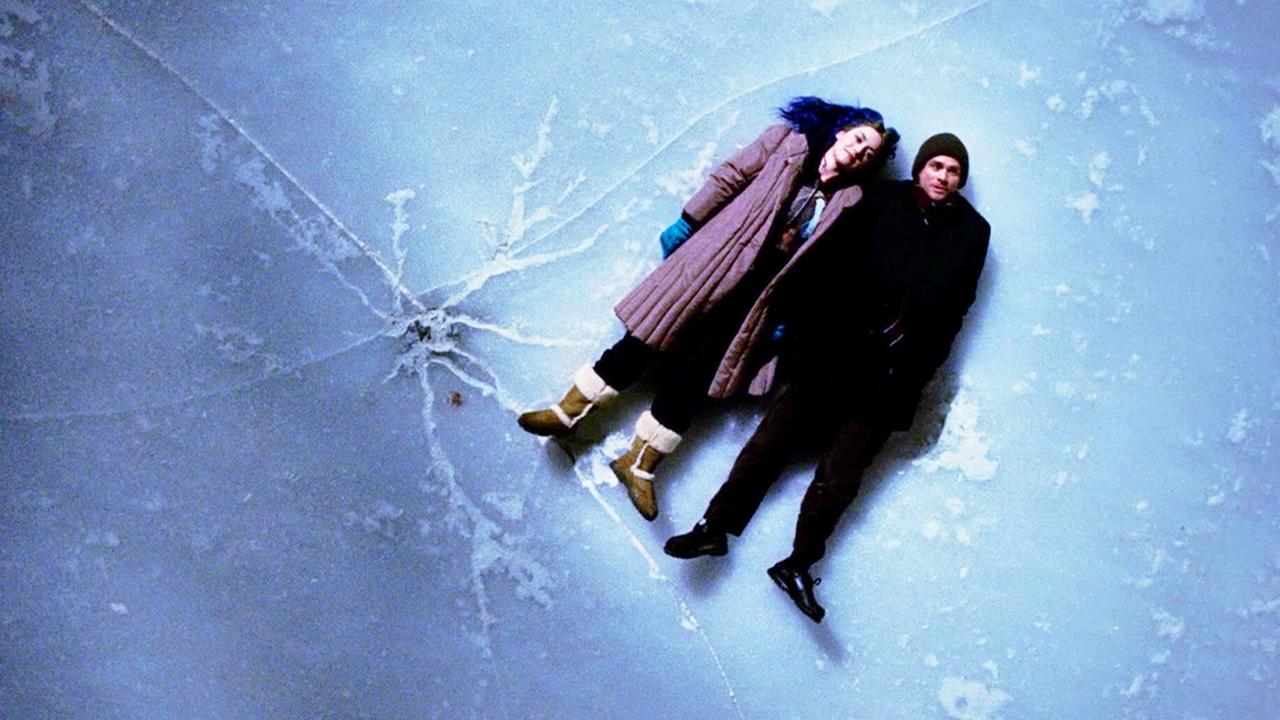
As perhaps one of the most unconventional romance stories of all time, “Eternal Sunshine of the Spotless Mind” will absolutely suck you in. This 2004 romantic comedy directed by Michel Gondry is infused with themes from science fiction, quandaries about love, and explorations into memory. It ultimately asks the viewer, “How far would you go to forget your ex?”
Kate Winslet and Jim Carrey give a stunning performance as the broken couple that take the spotlight in “Eternal Sunshine.” Their relationship starts unusually on a Montauk train landing, and it ends just as abruptly and atypically.
Rather than talk it out or heal individually after the breakup, Winslet’s character “Clementine” uses a technological service to erase all her memories of Carrey (called “Joel” in the film). After Joel learns of this development from mutual friends, he decides to get the same procedure done, and that’s just where the film starts.
Following this decision, the substance of “Eternal Sunshine” takes place in Joel’s mind. The audience sees—and to a certain degree, feels—what Joel undergoes in this process of memory removal. We follow him through his relationship with Clementine, through the good and the bad, and we see how strongly he holds onto her.
Eventually, the memories are fully expunged, but Joel and Clementine aren’t done with each other. They cross paths again and come to realize how they knew each other after the company’s records are leaked. From there, they understand only partially what happened, remembering nothing, yet they still decide to try again at being together.
To read a romance novel like this film would be an absolute pleasure. It’s anti-generic in its timeline and tone about love, and it even refuses to be predicted as a standard rom-com. Its ethereal, pain-filled script adds needed depth to the story, and such material would make an amazing book.
Overall, the combination of thematic, generic, and formal experimentation establishes this film as one of the greatest that could be an equally dazzling novel. If you haven’t seen it, you should change that immediately.
2. Daughters of the Dust
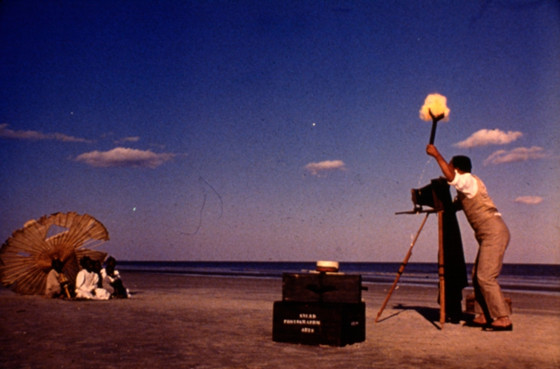
In 1991, the first film directed by a black woman to receive a wide theatrical release was born. Julie Dash’s “Daughters of the Dust” depicts a period in the history of the United States that takes place decades before the narratives of “Django Unchained” or “Birth of a Nation.” In this historical snippet, Dash focuses on the Gullah people of Saint Helena Island, South Carolina.
The Gullah people are islanders who were originally brought from African coastal countries to the United States as slaves but who settled and stayed on their American island long after slavery was abolished. “Daughters of the Dust” takes place in 1902 when a daughter of the matriarchal Peazant family comes home from her studies as an Anthropologist. Her interactions with her family reveal their continued hardship.
One central conflict features religion and sets the matriarch of the family, Nana Peazant (played by Cora Lee Day), against her progeny who refuse to be “like those old Africans off the boat.” Nana’s old-world mysticism and spirituality contrasts with the growing Christianity and Muslim influences in her family, and so modern values come to eclipse the old ways of life, but somehow, the family remains intact. Somehow, love conquers difference.
As the film progresses, Dash’s incredible visual aesthetic adds breath and life to her story, and her nonlinear experiments in storytelling give “Daughters of the Dust” a uniqueness that reminds of Alice Walker’s and Toni Morrison’s novels.
Despite any conflicts, interpersonal or otherwise, the physical world of this film is lush and living, the characters are fully-fleshed out, and the togetherness of family is praised. It’s a great glance into the historical subjectivity of those whose stories are erased from the standard American narrative, and for that reason among others, this film needs to be seen.
When it comes down to it, this film isn’t based on a novel, but it is inspired by real life. Even so, the “Daughters of the Dust” story ended up being adapted into the written word by Dash herself in 1997. The book by the same title as the film explores the same world and group of people, except it takes place 20 years after the film’s moment. Ultimately, this amazing film could easily be its own novel, and we would all benefit from reading it.
Its plot and characters are fresh and real, its story will stay with you, and its predictability comes from clues within the film, not from its director lazily sticking to genre convention. In 2016, “Daughters of the Dust” was remastered and re-released, so now’s the perfect time to check it out if you’ve never seen it before. You’ll be entranced, no doubt.
1. In Bruges
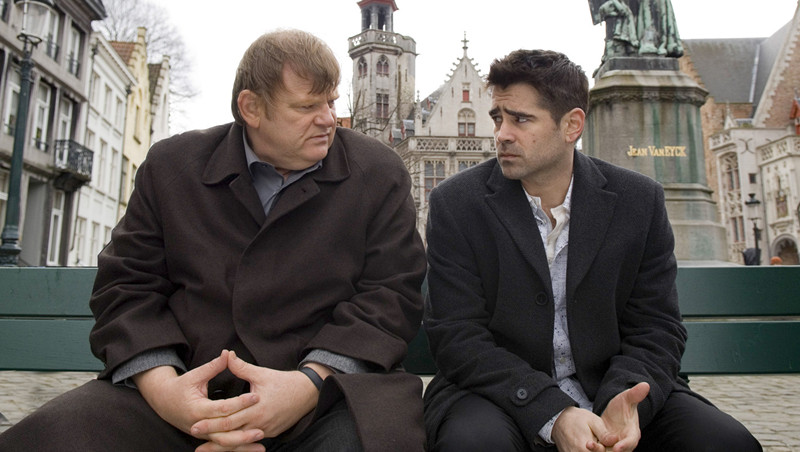
Martin McDonagh’s 2008 dark/black comedy crime film “In Bruges” is a great example of how (film) art can imitate real life. In the case of “In Bruges,” director McDonagh does a remarkable job at recreating the standard and unbelievably absurd elements of day-to-day life. From ex-interrupted hook-ups to friend-interrupted suicide and midget-interrupted Dutch films, this story will keep you invested with its equal parts surrealism and realism. Imagine a Hieronymus Bosch painting played out in the real world. Now you have an idea.
The film brings our attention to two assassins, one of whom recently botched a job, leaving a young boy dead alongside his target. Instead of mourning, the assassin (played by Colin Farrell) seems to just move on with his life when he and his partner receive the call: “Get to Bruges.” Bruges happens to be the capital of Belgium, and it’s one of the oldest remaining cities with medieval architecture in Europe. Bruges also happens to be the bane of our protagonist’s existence, even though his partner (played by Brendan Gleeson) finds it fascinating.
As the two explore Bruges, reluctantly on one hand and eagerly on the other, their boss calls again and complicates matters. A new assassination target arises, but Farrell and Gleeson can’t follow through. Soon enough, the boss (played by Ralph Fiennes) arrives in Bruges and an already-frantic, occasionally-gruesome film becomes even more so on both counts. Rather than give the whole thing away, it will suffice to say that “In Bruges” refuses all predictability and has one of the best endings from any twenty-first century film you’re likely to see.
If “In Bruges” were a book, it’d appear to be a novel about everyday life. It would appear to feature two normal men struggling with ambition, philosophy, and duty. It would appear to uplift unlikely heroes in a mundane world. It would also turn unexpectedly philosophical at the drop of a dime, and it would end up highlighting crime. It would make you laugh and cry in back-to-back pages, and it would be a story that sticks with you for the rest of your life.
As a film, “In Bruges” has much of the same effect, for its mastery knows no bounds. Whether book or film, “In Bruges” is a work of art, just like the other nine films on this list. Thanks for tuning in.